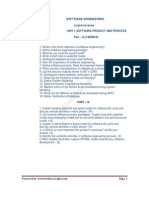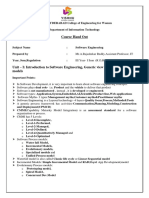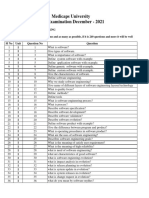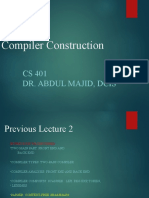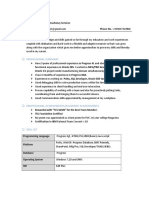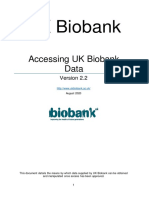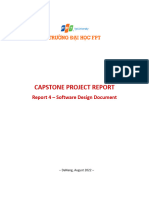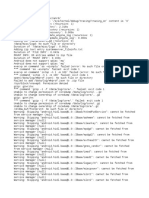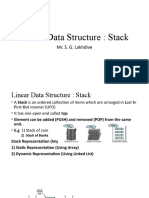0% found this document useful (0 votes)
6 views13 pagesQuestion Bank Software Engineering
The document consists of multiple units covering various aspects of software engineering, including management information systems, software development life cycles (SDLC), software requirements, and testing methodologies. It includes multiple-choice questions and long-answer prompts aimed at assessing knowledge on topics such as software design, project management, cost estimation, and quality assurance. Each unit is structured to facilitate learning and understanding of key concepts in software engineering.
Uploaded by
tiwariashish4306Copyright
© © All Rights Reserved
We take content rights seriously. If you suspect this is your content, claim it here.
Available Formats
Download as PDF, TXT or read online on Scribd
0% found this document useful (0 votes)
6 views13 pagesQuestion Bank Software Engineering
The document consists of multiple units covering various aspects of software engineering, including management information systems, software development life cycles (SDLC), software requirements, and testing methodologies. It includes multiple-choice questions and long-answer prompts aimed at assessing knowledge on topics such as software design, project management, cost estimation, and quality assurance. Each unit is structured to facilitate learning and understanding of key concepts in software engineering.
Uploaded by
tiwariashish4306Copyright
© © All Rights Reserved
We take content rights seriously. If you suspect this is your content, claim it here.
Available Formats
Download as PDF, TXT or read online on Scribd
/ 13








